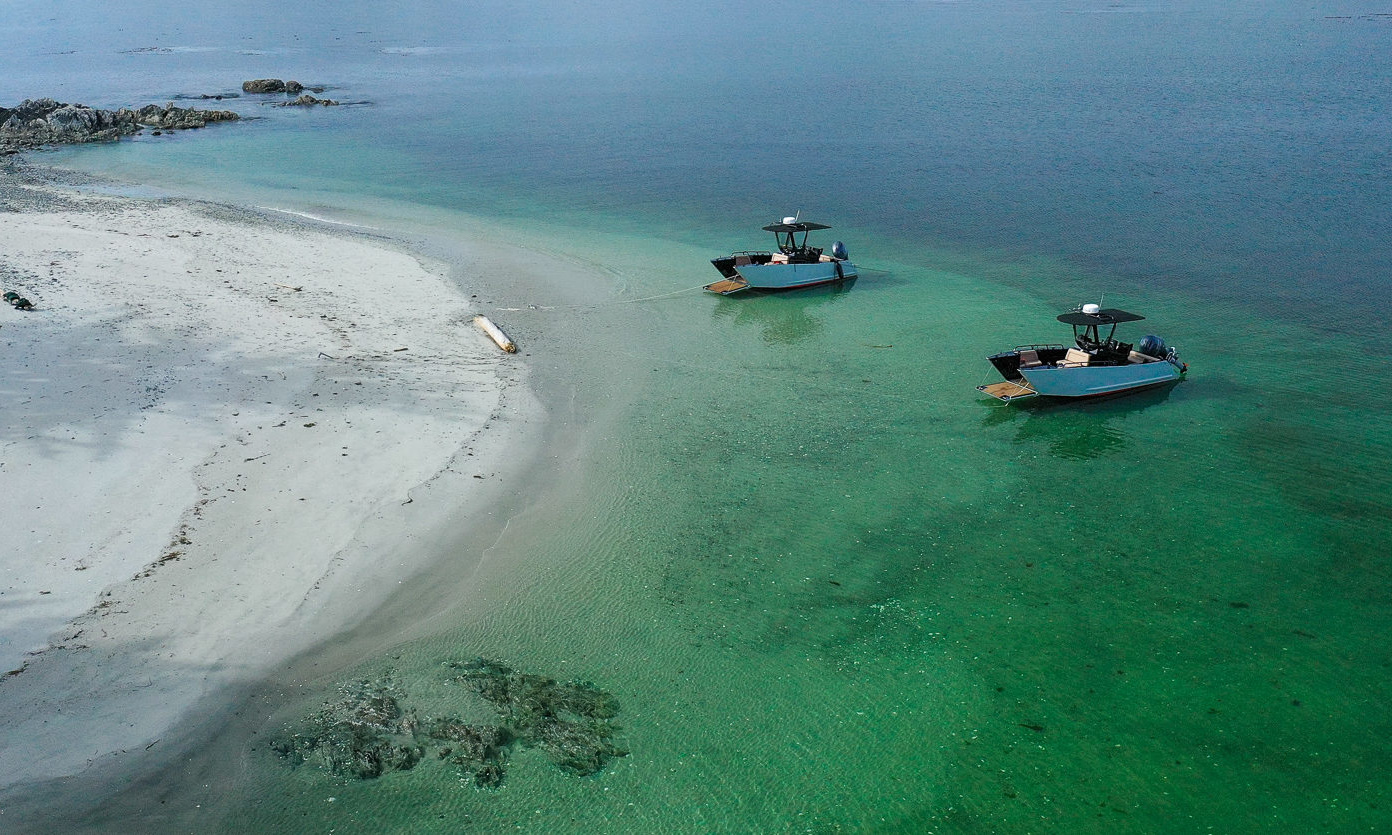When To Go To Alaska?

by Jolie Shea, Naturalist
Alaska is one of the most beautiful wilderness destinations in the world and it’s not about if you’ll go, as it is a “bucket list” place for many, but a question of when? Although there are things to do in Alaska at all times of the year, the spring and summer activities are a good deal more popular than the fall and winter. Spring starts early April in the North with the beginning of the Pacific Herring Migration and the return of the humpbacks who feed on this fishy buffet. Shorebirds return to nest and bears come out of hibernation to dine on the verdant green sedges in the estuary flats. In April, nights are long and cold and there is still a chance to see the Northern Lights (aurora borealis). Combine this with a dip in one of Alaska’s many thermal hot springs and the union could be otherworldly. Alaska’s summer is mid-May to mid-September, with July and August almost indestinguishable, so no matter when you come during this period you will have a great Alaskan experience. However, there are three factors that may sway you to come earlier or later.

When is the best time to visit Alaska’s Inside Passage?
Alaska’s warmest months are June, July, and August with daytime highs 15 to 21degrees Celsius (60 to 70 degrees Fahrenheit), so most places in Alaska are very comfortable. May and September are ten degrees cooler in the day and can drop to 4 degrees C or 40 degrees F at night. There is less precipitation in the summer months, but it gets wetter as the summer progresses. Alaska’s weather can be unpredictable, and you need to pack for all kinds of weather events as it can be blue sky one week and rain the next and change from wearing puffy jackets in the morning to shorts and a t-shirt in the afternoon. July is the peak month for summer weather and the number one most popular month to visit Alaska and it is easy to see why…nights are the shortest and the weather is the warmest. While this means July is the worst time to see the Northern Lights, it’s pretty much the best time to do anything else. Although, if you can stay up late enough for it to get dark, the Perseid meteor shower is active every year from mid-July to late August (peaking on August 12th). Alaska is nicknamed “Land of the midnight sun” as May through July’s sun doesn’t set until after 11 o’clock making the days long for travelling, sightseeing, and checking off your wildlife lists.

When is the best time to see wildlife in Alaska?
July is when the salmon return to the rivers and it is the best month for all the “fishers” from the humans to the orcas to the grizzlies and black bears. Grizzlies, typically solitary animals that require a large territory can be viewed at a closer distance and within a greater proximity to each other as the bears only have eyes on their prized fish as they fatten up for hibernation. Watching the different fishing techniques can be comical from flying leaps, ‘snorkelling’ underwater or exciting high-speed chases in the shallows. Bald Eagles and ravens perch in the forest snags like spectators at a stadium looking for scraps of discarded salmon carcasses to feed their young.
Down from the river and out to the sea, Humpbacks congregate to group feed. Using bubbles to drive up and corral small fish and krill from the deep, they lunge feed through them in one synchronized movement. Bubbles abound also from the rolling bodies of Sea Otters trapping air in their thick fur for insulation. Their antics and personalities fascinating to watch.

When is the best time to see Glacier’s carving?
Seeing glaciers is a quintessential Alaskan experience, as is the voyage getting there! Vessels are dwarfed by the steep sided rugged fjords carved out by the retreating ice age and the many cascading waterfalls from the hanging glaciers. The water colour changes to an aquamarine hue as you travel further up the silted waterway. The sight of the first drifting iceberg is worth retrieving for a “happy hour” with ten-thousand-year-old ice cubes. Finally, you round the last bend in the fjord and the face of the glacier comes into view. Its scale is mindboggling; its colours ethereal. The grandeur of nature’s ice cathedrals is only matched by the deafening sound, like a shot gun going off, as it calves off into the sea and a new iceberg is formed. Calving is when chunks of ice break off at the terminus, or end, of a glacier, some as large as 200 feet, and crash into the water creating hazardous waves that boater’s need to be mindful by keeping a safe distance from. Mid-July through mid-August yield more and larger calving as warmer ocean waters melt the edge and base of the ice sheet and accelerates the ablation.
So go to Alaska in the summer when there is a lush landscape of blooming wildflowers and plenty of wildlife action from leaping bears to breaching whales with sights of majestic mountains and glaciers that will awe inspire.
When it comes to making the most of your Alaska experience, Maple Leaf Adventures have you covered. In a world without roads, we guide just twelve guests through the breadth of the Inside Passage, from historic Ketchikan, to glacier-hewn fjords, to Admiralty Island’s rugged terrain and brown bears, the waterfall-fed Baranof Island, and the diverse ecology of Chichagof Island and the west-coast world of Sitka.
Expeditions are timed to coincide with peak wildlife phenomena, such as whale migrations and the presence of bears in protected sanctuaries. Inquire or call +1 (250) 386 7245 to learn more.
